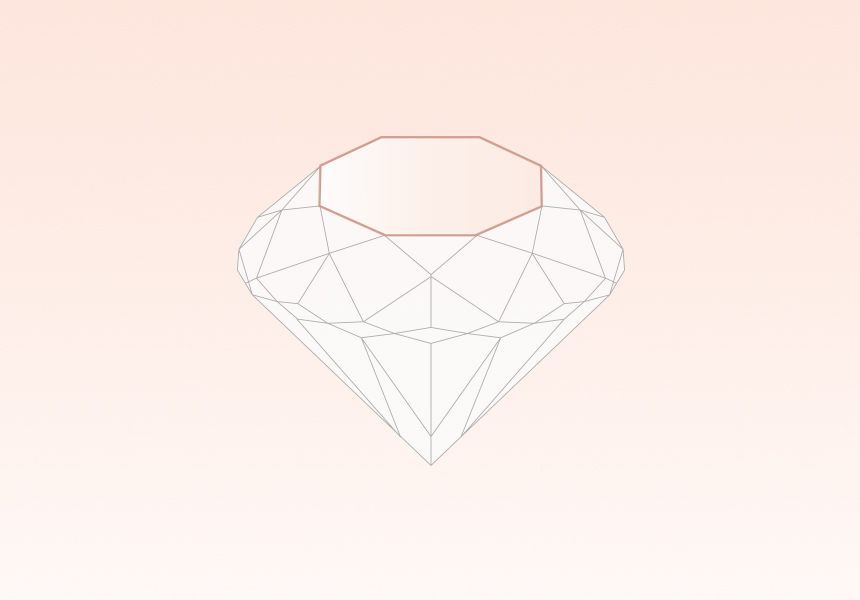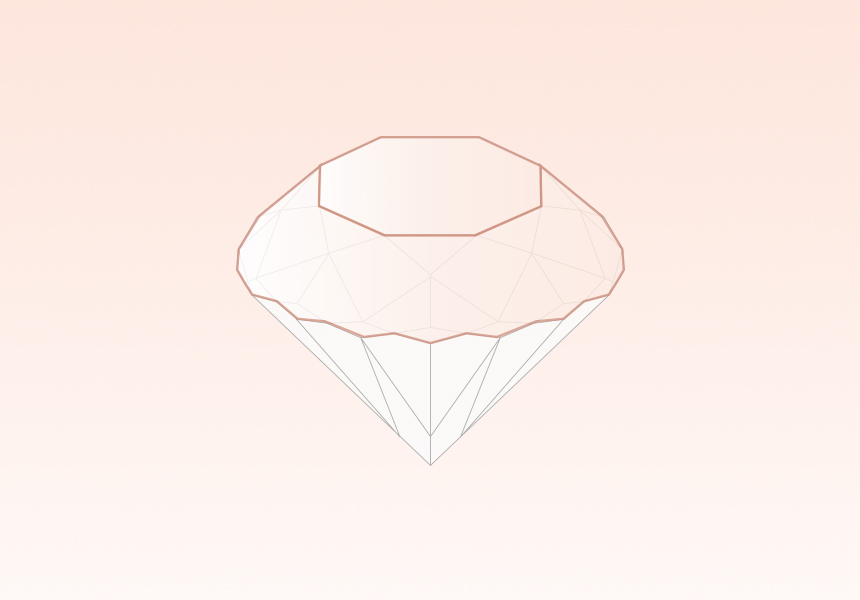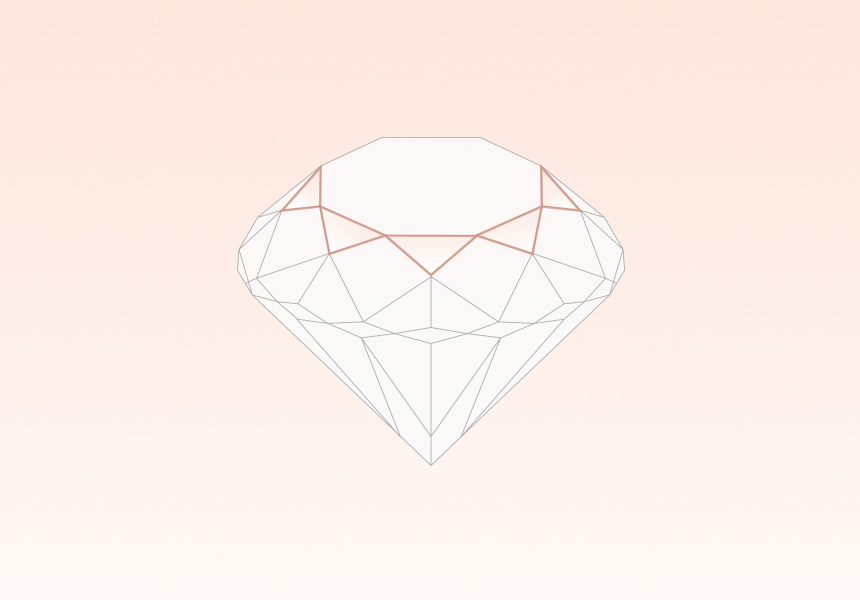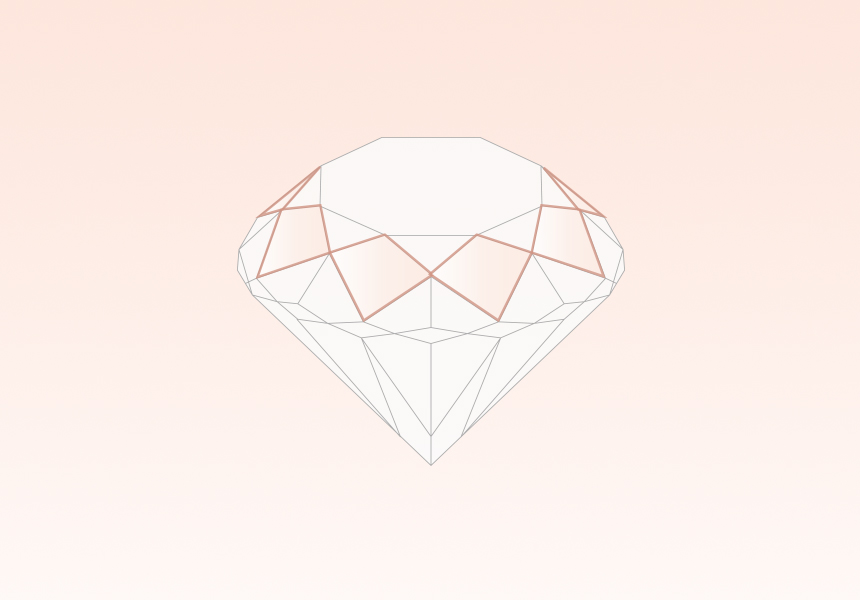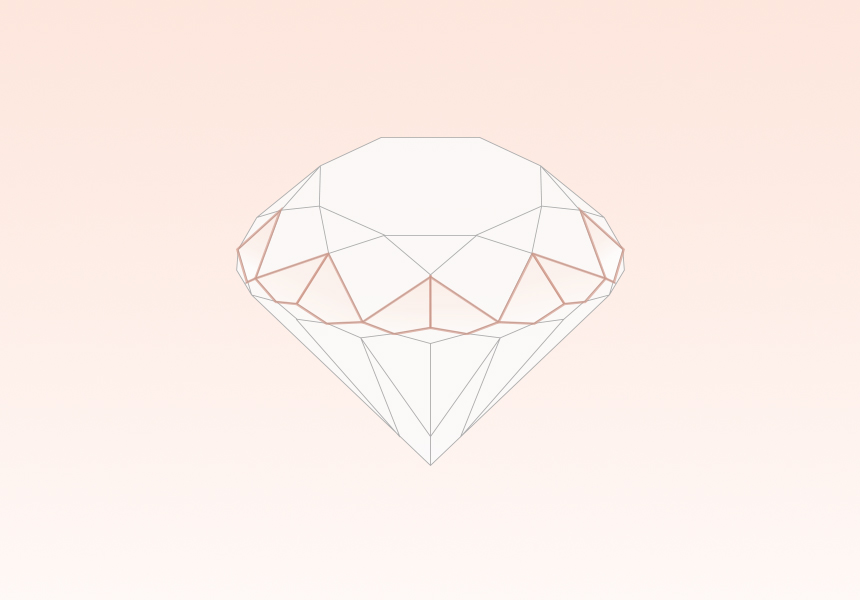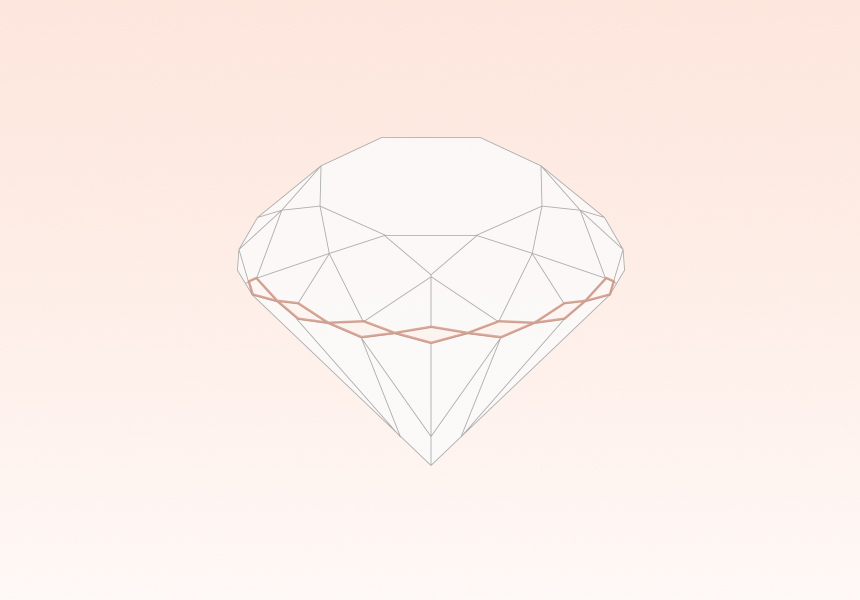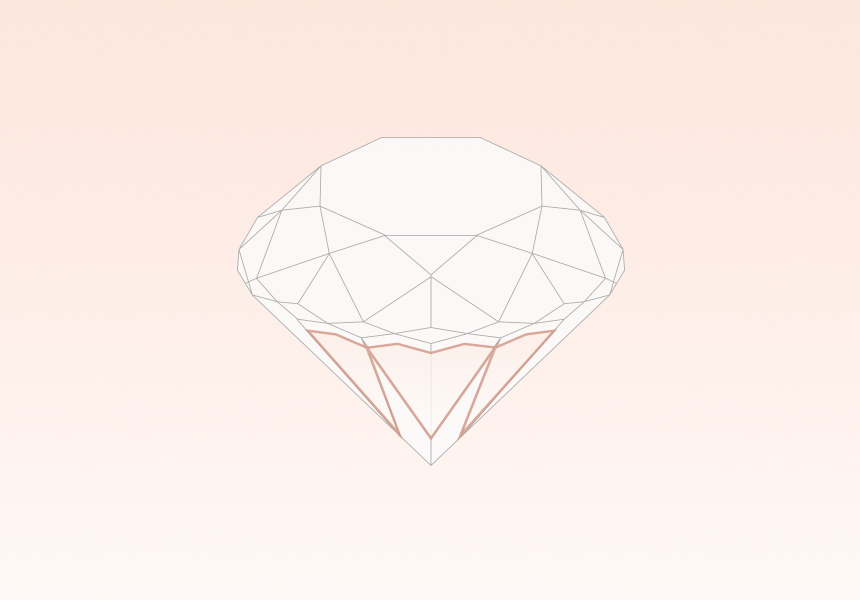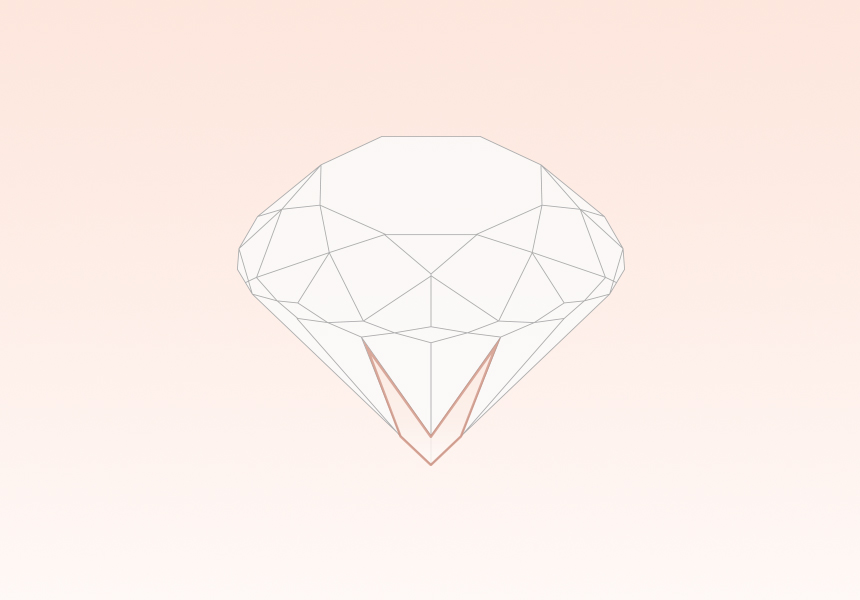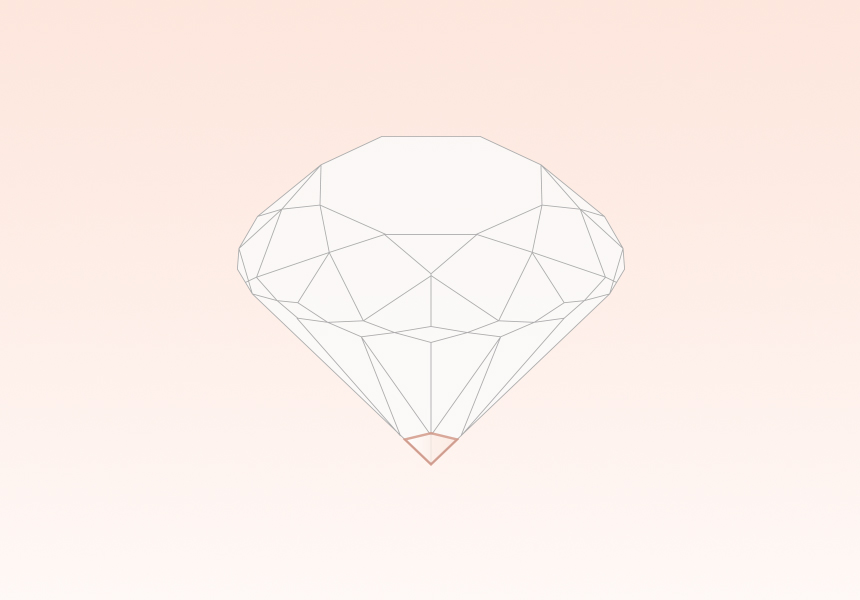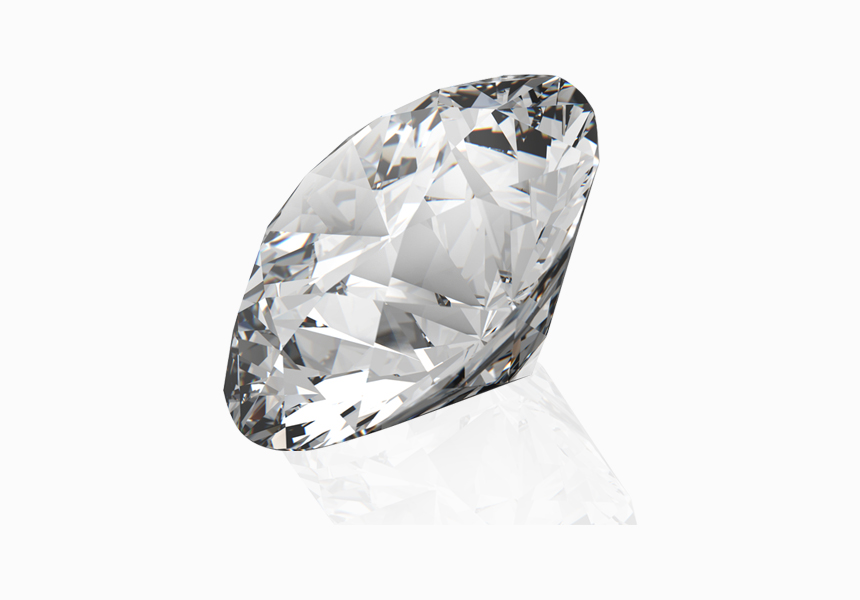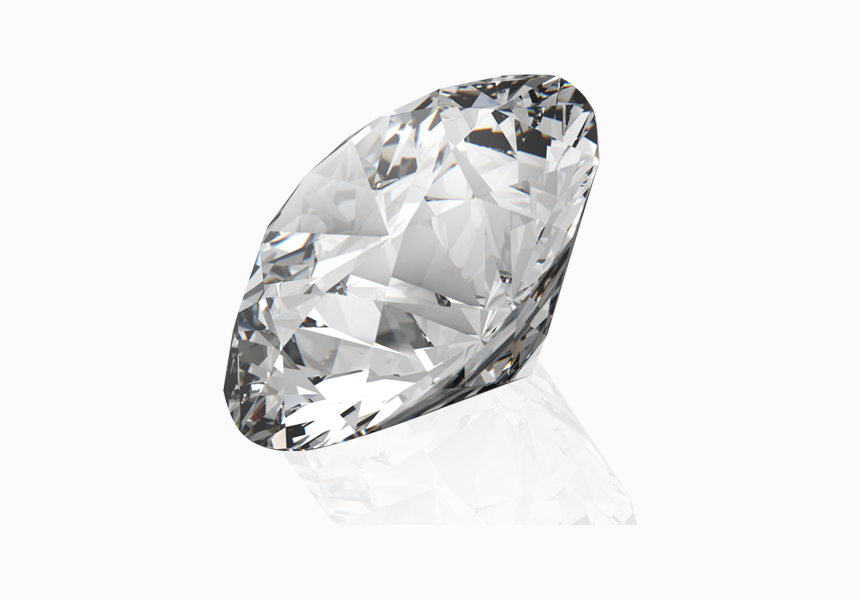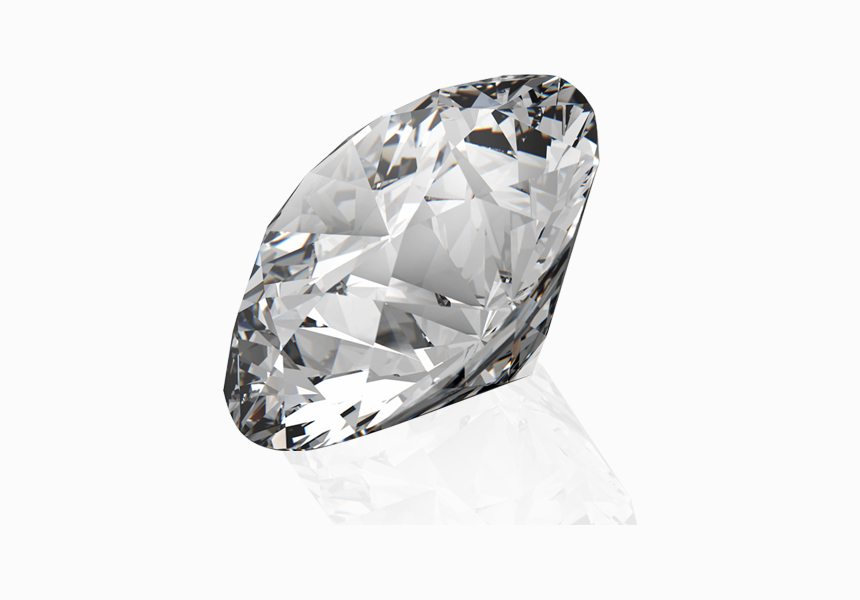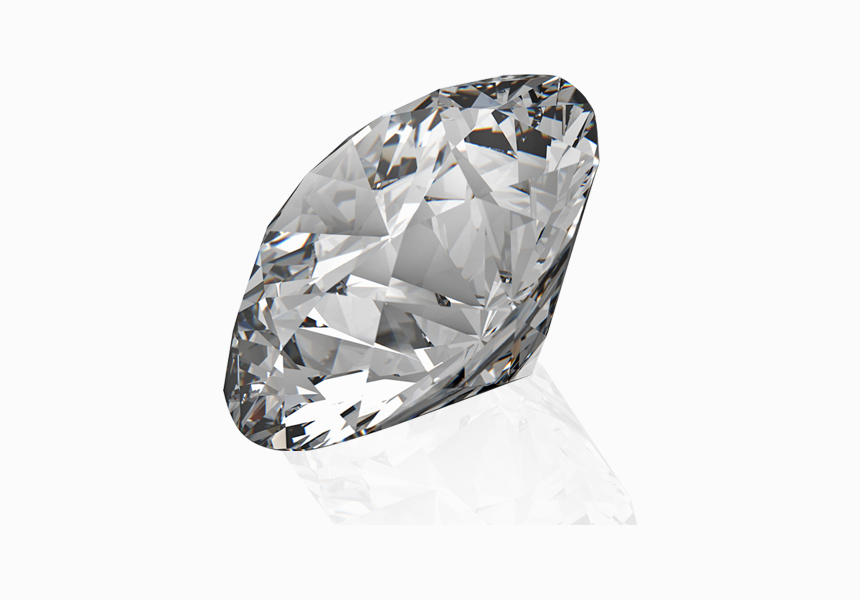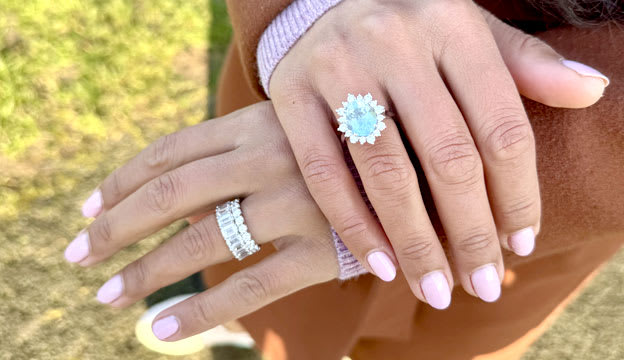Wholesale prices
 Book a FREE appointment
Book a FREE appointment 100 day free returnsView our advantages >
100 day free returnsView our advantages >
-
- Engagement Rings
- All Engagement Rings
- Diamond Engagement Rings
- or shop by diamond cut
- or shop by style
- or shop by metal
- Lab Grown Diamond Rings
- Gemstone Engagement Rings
- Moissanite Engagement Rings
- Cluster Engagement Rings
- Black Diamond Engagement Rings
- Mens Engagement Rings
- Hidden Halo Engagement Rings
- Pink Lab Diamond Engagement Rings
- Sapphire Engagement Rings
- All Engagement Rings
- Wedding Rings
- Bracelets
- Necklaces
- Earrings
- Rings
- All Rings
- or shop by style
- All Promise Rings
- Womens Promise Rings
- Mens Promise Rings
- All Gemstone Rings
- or shop by type
- All Lab Grown Gemstone Rings
- or shop by type
- Lab Grown Sapphire Rings
- Lab Grown Amethyst Rings
- Lab Grown Swiss Blue Topaz Rings
- Lab Grown London Blue Topaz Rings
- Lab Grown Garnet Rings
- Lab Grown Morganite Rings
- Lab Grown Peridot Rings
- Lab Grown Emerald Rings
- Lab Grown Ruby Rings
- Lab Grown Pink Tourmaline Rings
- Lab Grown Citrine Rings
- Lab Grown Aquamarine Rings
- Lab Grown Opal Rings
- All Rings
- Diamonds
- Gemstones
- Ready to Ship
- Book an Appointment to visit us
- Contact us
- Engagement Rings
-

-
 0
0
-
 0
0
Close X



























